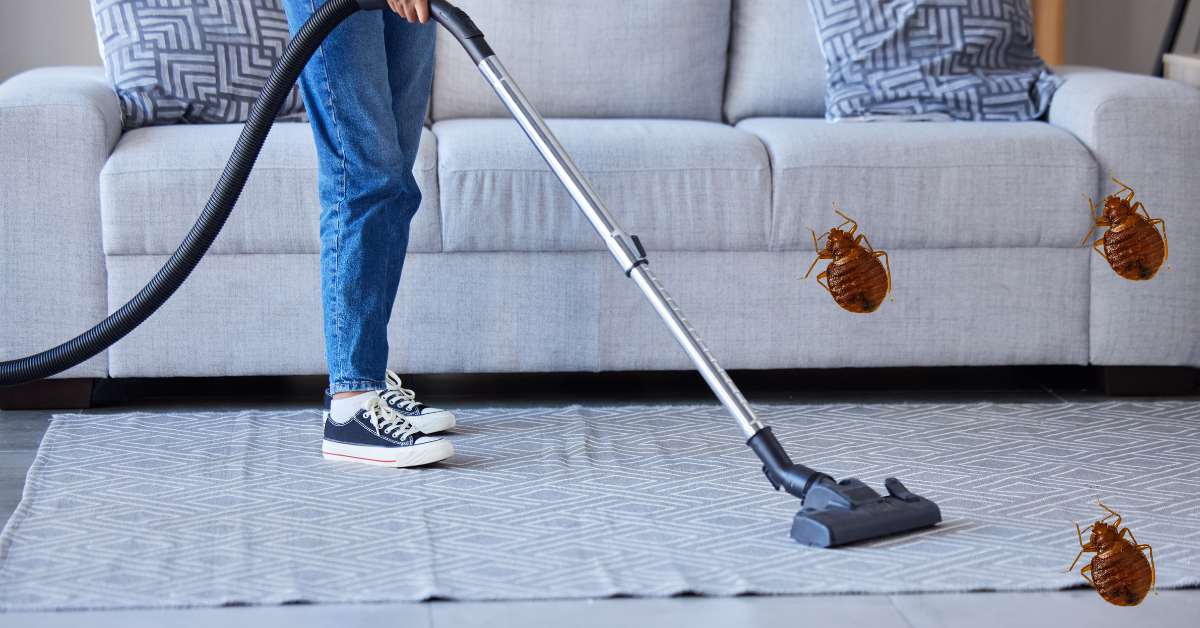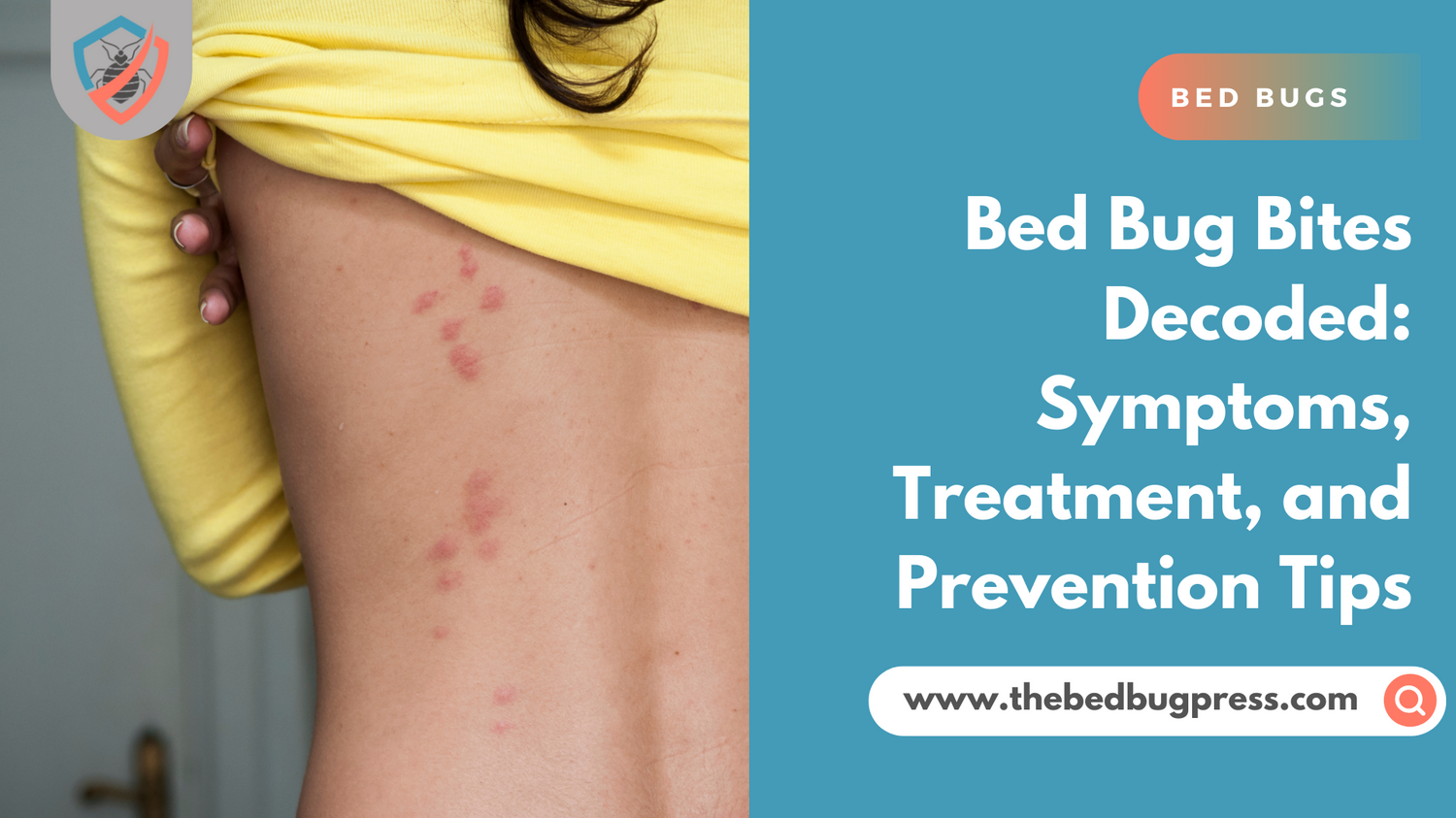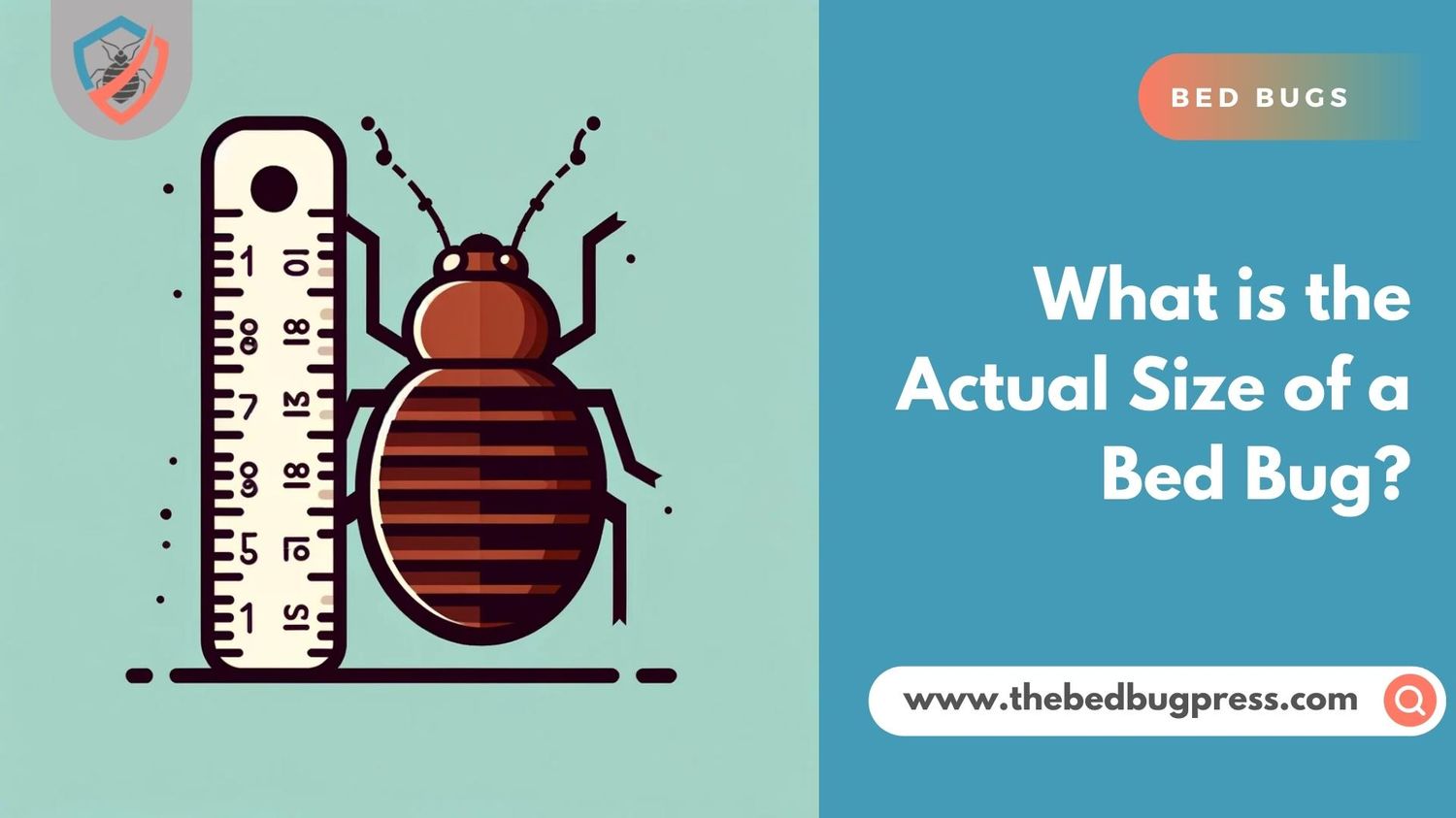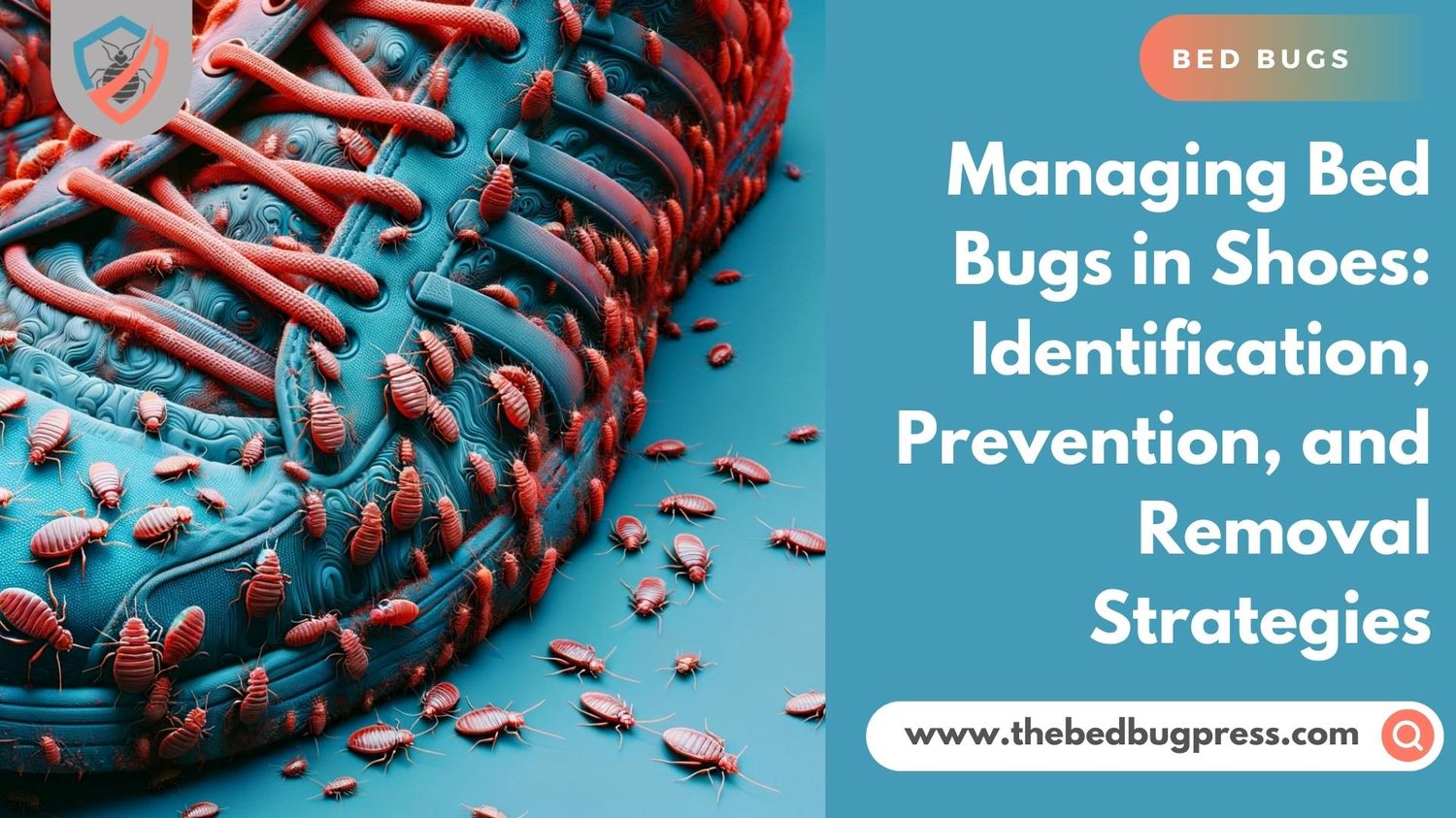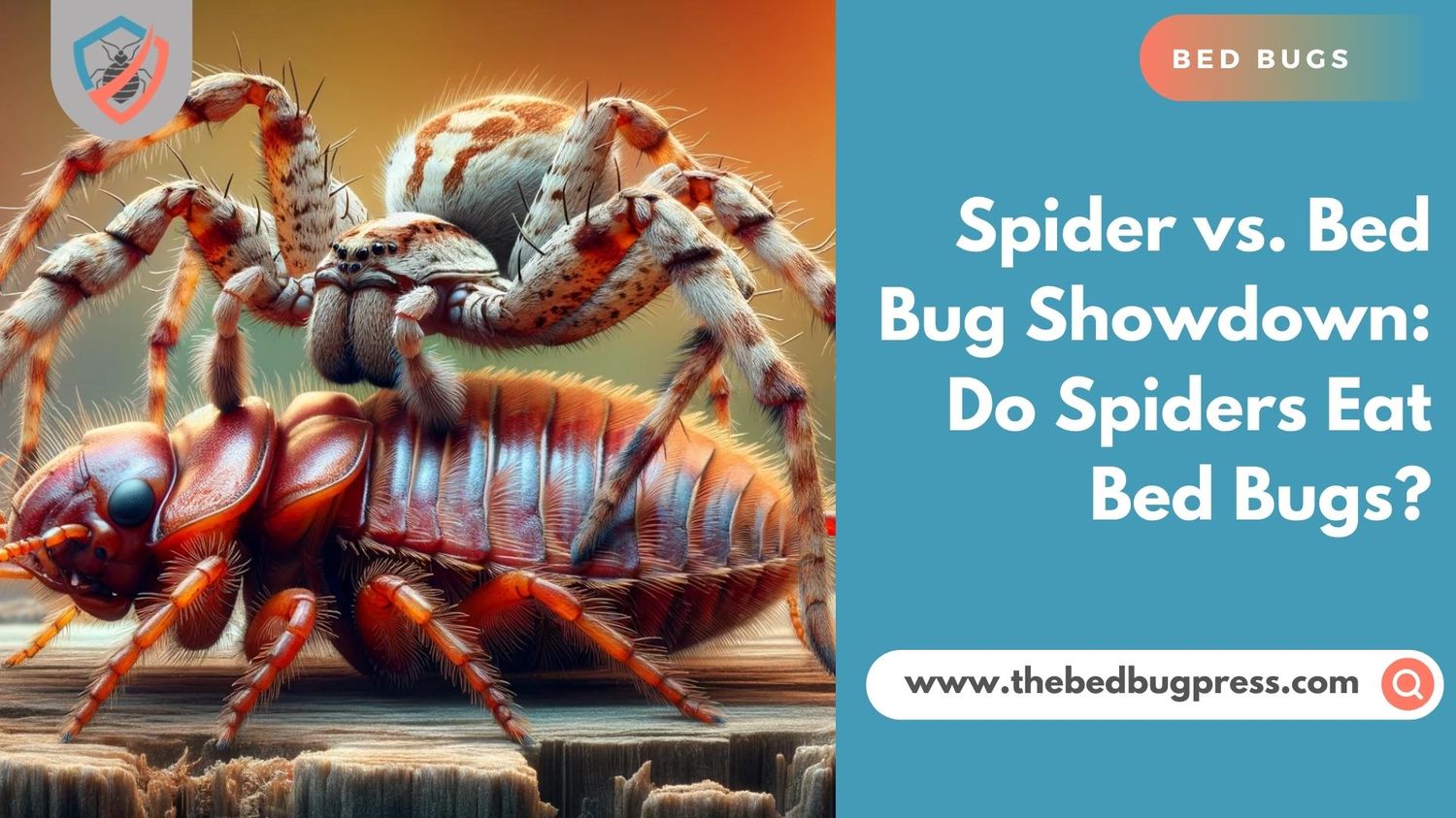Imagine waking up to itchy, red welts on your skin, only to discover that your home is infested with bed bugs. You hire a professional exterminator to rid your home of these pests, but after the treatment, you’re left with the question: how long after bed bug treatment can I vacuum to ensure that every last bed bug and their eggs are gone? In this blog post, we’ll explore the different types of bed bug treatments, when to vacuum after each treatment, and proper vacuuming techniques to prevent re-infestation.
Key Takeaways
Heat and chemical spray treatments are effective methods for eliminating bed bug infestations.
Vacuuming should be done after treatment, using a HEPA filter vacuum with proper disposal of the bags to prevent spread of bed bugs.
Regular cleaning, vacuuming, and sealing cracks can help reduce re-infestation chances.
Understanding Bed Bug Treatments
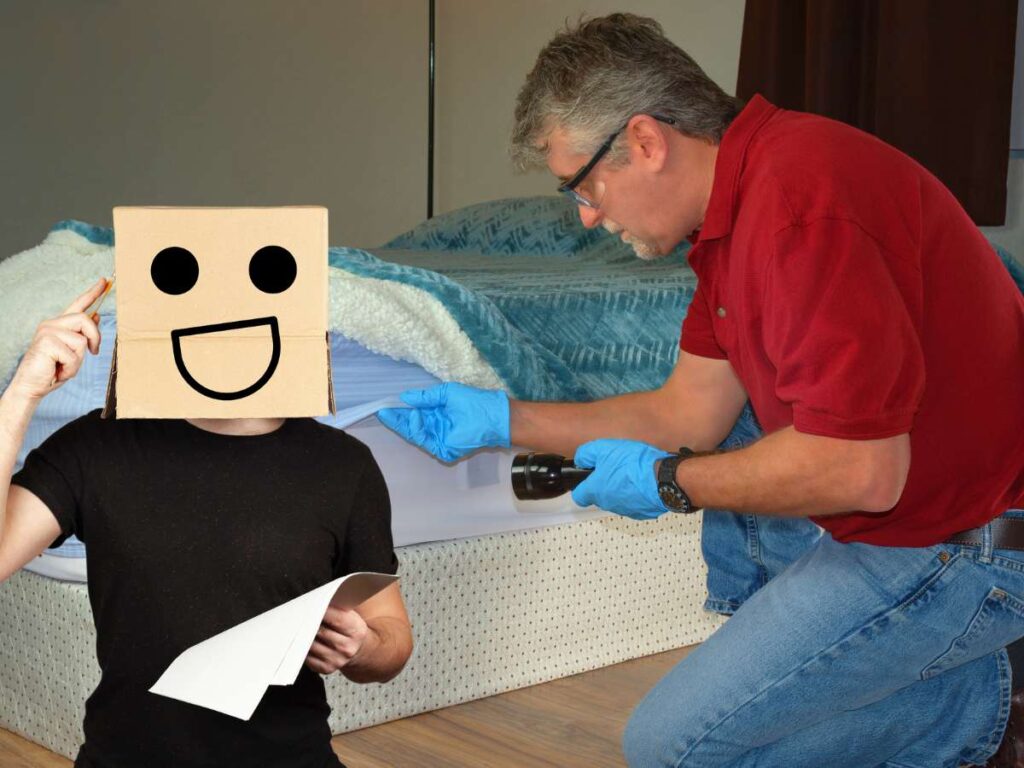
Bed bug treatments come in various forms, but heat treatment and chemical spray treatment are the two most common methods. Both of these treatments have advantages and disadvantages, with heat treatment being faster but requiring you to leave your home for several hours, sometimes days, and chemical spray treatment taking longer to work and potentially needing multiple applications. Chemical treatment will also require you to leave the home for several hours minimum. It’s important to consider the type of bed frames you have when choosing the most effective treatment for your situation.
Understanding the specifics of each treatment will clarify when vacuuming your home is safe and beneficial for the treatment’s effectiveness.
Heat Treatment

Heat treatment is an effective and non-toxic method for eliminating bed bug infestations. The process involves:
Exposing the infested area to high temperatures of approximately 120°F (48.9°C) for an extended period
Killing bed bugs at all stages of their life cycle, including eggs
Using special equipment to heat each target area
Maintaining the temperature for a specific duration to ensure complete eradication of the infestation
Even though heat treatment is an effective method for exterminating bed bugs, it necessitates your absence from home for just a few hours. Despite the temporary inconvenience, the prospect of a bug-free home makes it worthwhile.
Chemical Spray Treatment
Chemical spray treatment is another option for pest control, specifically focusing on controlling and eradicating bed bugs and their eggs. Exterminators typically apply this method through crack and crevice treatment, wherein foaming pesticides are sprayed directly into areas where bed bugs are likely to reside. Chemicals commonly used in bed bug spray treatment include pyrethroids, pyrethrins, and chlorfenapyr, among others.
The drawback of chemical spray treatment lies in its longer duration of action, usually between three to five hours. Furthermore, it might demand multiple applications to guarantee full extermination of the bed bug infestation.
When Can You Vacuum After Bed Bug Treatment?
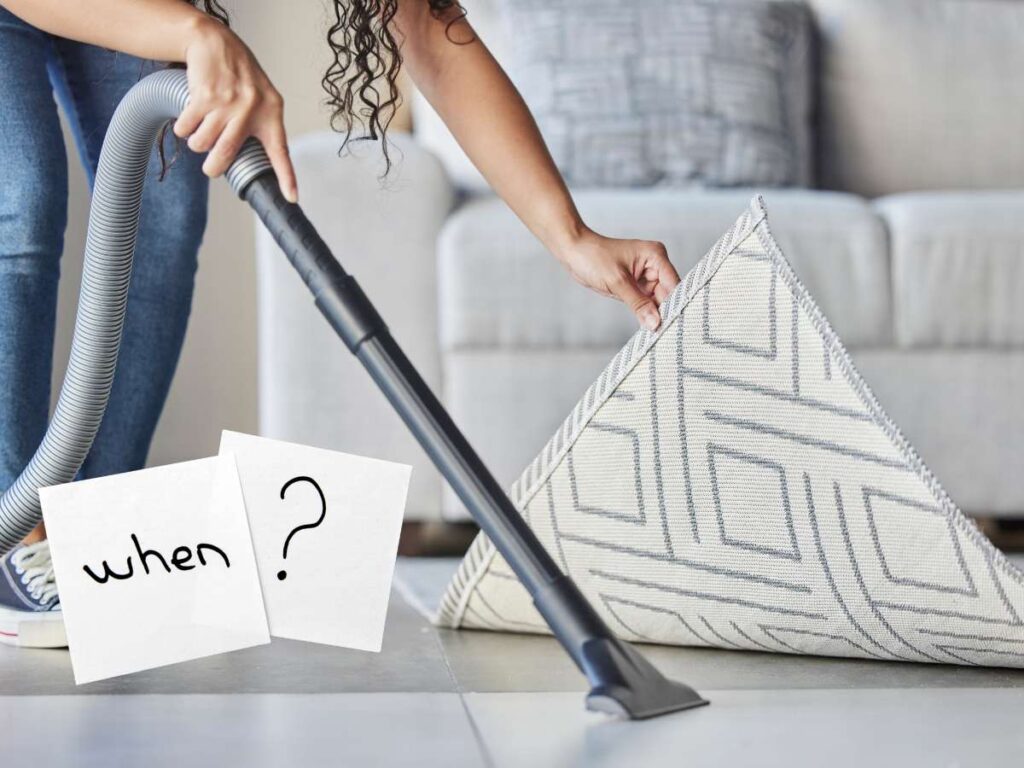
The right time to vacuum post-bed bug treatment hinges on the treatment type. Premature vacuuming could scatter active eggs or larvae into the air, posing inhalation risks for humans or pets. Hence, it’s vital to adhere to the suggested wait time post-treatment, safeguarding your home from bed bugs and their eggs.
After Heat Treatment
After returning home post-heat treatment, immediate vacuuming is advised. Nonetheless, hasty vacuuming might not eliminate all eggs, potentially leaving some infestation behind. That being said, a proper heat treatment should get rid of bed bug eggs. While vacuuming following heat treatment, focus on possible bed bug hideouts like external crevices, seams of mattresses and box springs, and edges of carpets, upholstered furniture, and draperies. Safeguard against reinfestation by discarding vacuum bags or canister contents into a tightly sealed plastic bag.
After Chemical Spray Treatment
In the case of chemical spray treatment, one must ensure that the spray has completely dried before vacuuming, a process that can take anywhere from a few hours to a week.
During this waiting period, avoid areas containing insecticide dusts or diatomaceous earth, as vacuuming these substances can compromise the treatment’s effectiveness. Once the chemical spray has dried, you can vacuum your home to remove any remaining bed bugs and eggs, ensuring the treatment’s success.
Vacuuming Tips and Techniques for Post-Treatment
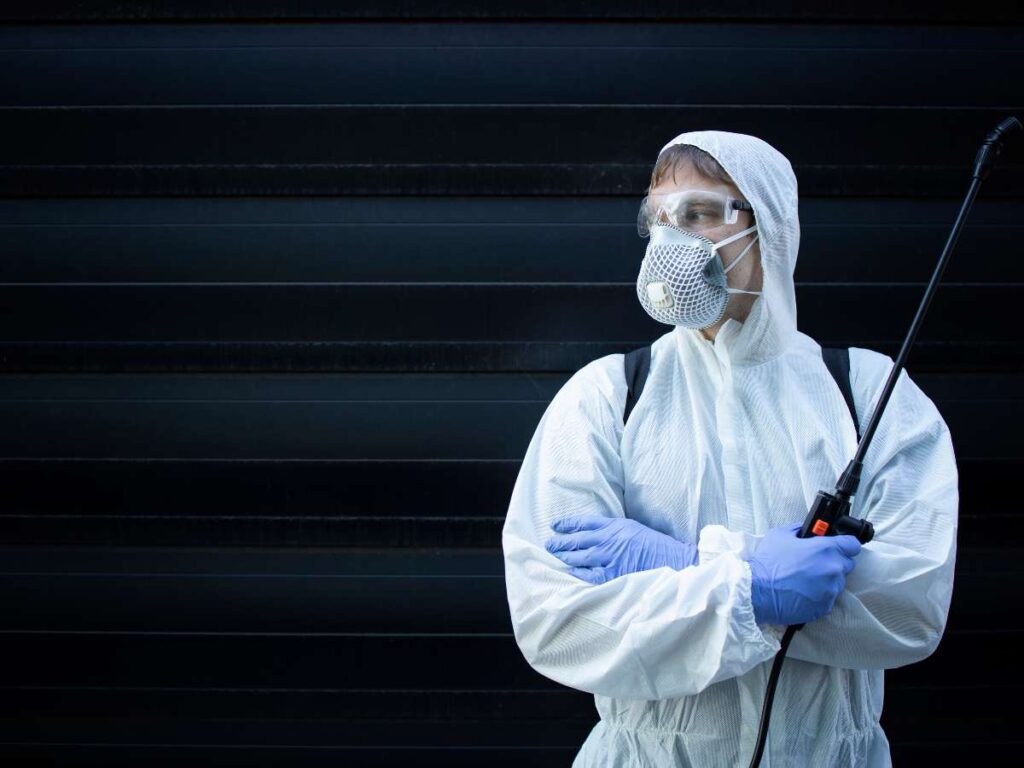
Adopting correct vacuuming techniques is pivotal for enhancing the effectiveness of bed bug treatment. Here are some tips to follow:
Use a vacuum with a HEPA filter.
Concentrate on cracks and crevices where bed bugs may hide.
Vacuum thoroughly to trap bed bugs and their eggs.
Dispose of vacuum bags properly to prevent the spread of bed bugs.
By following these tips, you can improve the success of your bed bug treatment and kill bed bugs, starting with the proper care of your bed sheets.
In the following sections, we’ll delve deeper into the best vacuuming tips and techniques for post-treatment.
Using a HEPA Filter Vacuum

A vacuum with a HEPA filter is recommended for use after bed bug treatment, as it can effectively capture bed bugs and their eggs. HEPA filter vacuums contain a high-efficiency particulate air filter that traps tiny particles like bed bug eggs and allergens, preventing them from being released back into the environment.
While buying a new vacuum cleaner for post-treatment cleaning isn’t required, it’s imperative to meticulously clean and disinfect the existing vacuum before using it to remove bed bugs.
Proper Disposal of Vacuum Bags
Disposing of vacuum bags properly is essential to prevent the spread of bed bugs and the possibility of re-infestation. Post vacuuming, it’s important to tightly seal the vacuum bag and dispose it off in an outdoor trash bin.
Following this procedure ensures that the removed bed bugs, eggs, and debris are securely contained and won’t find their way back into your home. By properly disposing of vacuum bags, you’re taking an essential step towards maintaining a bed bug-free home.
Preventing Re-Infestation After Treatment
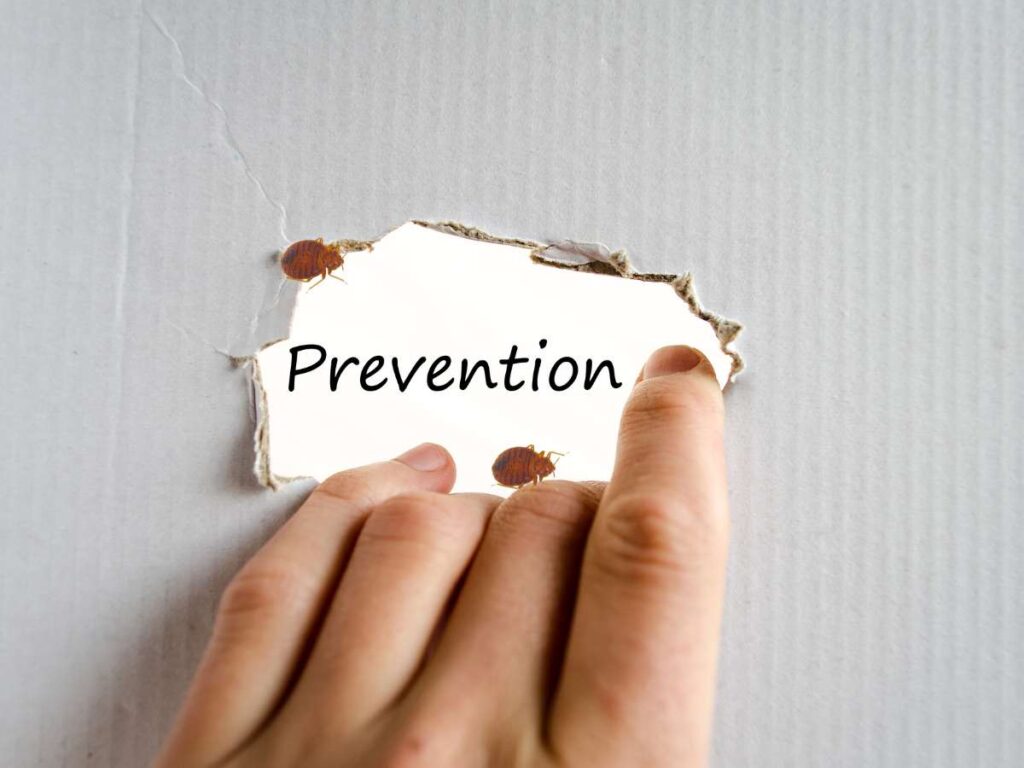
With your home treated for bed bugs, taking preventive measures against re-infestation becomes vital. Regular cleaning and vacuuming, using a vacuum with a HEPA filter, and sealing cracks and crevices are all essential measures to maintain a bed bug-free home.
In the following sections, we’ll explore these preventative measures in more detail.
Regular Cleaning and Vacuuming
Post a bed bug treatment, it becomes necessary to:
Vacuum your home thoroughly for at least four consecutive days
Sanitize all surfaces, particularly in the bathroom, bedroom, and kitchen
Wash bedding and clothing in hot water and dry on the hot setting for at least 30 minutes
After eight weeks, you can resume normal cleaning without focusing on any particular areas.
Consistent cleaning and vacuuming can help eliminate any residual bed bugs and eggs, as well as impede re-infestation. Maintaining a clean home lessens the likelihood of bed bugs reappearing.
Sealing Cracks and Crevices
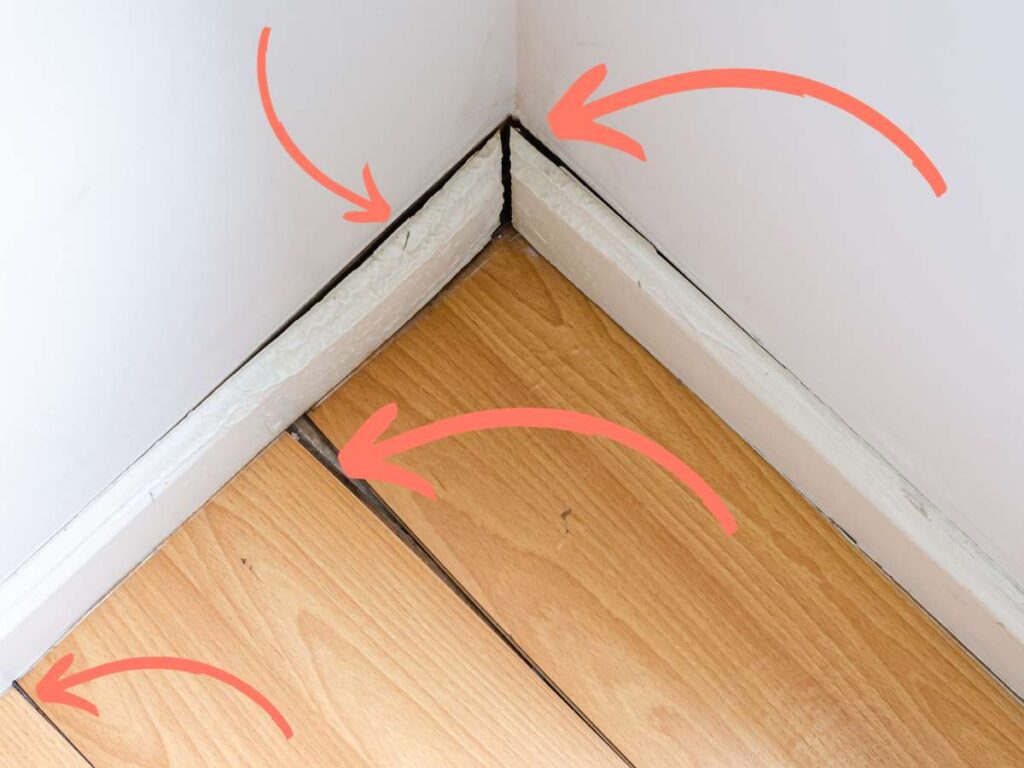
Another effective strategy to prevent future bed bug infestations is sealing cracks and crevices in your home. Bed bugs are notorious for hiding in small spaces, so eliminating these potential hiding spots can restrict their movement and diminish the likelihood of them returning, as well as help you get rid of dead bed bugs. By addressing even a single bed bug, you can reduce the risk of a larger infestation.
Professional services are available to seal cracks and crevices against bed bugs, or you can take on the task yourself. By sealing these hiding spots, you’re enhancing the efficacy of future bed bug treatments and securing your home against these pesky invaders.
Summary
In conclusion, knowing when and how to vacuum after bed bug treatment is crucial for ensuring the effectiveness of the treatment and preventing re-infestation. Whether you’ve had heat treatment or chemical spray treatment, proper vacuuming techniques using a HEPA filter vacuum and disposing of vacuum bags correctly can make all the difference. Taking the time to maintain a clean home, seal cracks and crevices, and follow post-treatment guidelines will help you enjoy a bed bug-free life.
Frequently Asked Questions
Do I vacuum after bed bug treatment?
Yes, you should vacuum your entire home every day for at least four days following treatment to control the bed bug infestation. Make sure to use a disposable bag in your vacuum cleaner and discard it in an outdoor garbage can immediately after vacuuming. Additionally, strip your bed and vacuum the mattress, pillows, and mattress topper.
How long after bed bug spray can you vacuum?
It is recommended to avoid steaming or shampooing carpets and soft furnishings for at least two hours following treatment. You can vacuum, however, provided you empty the hoover after use and discard the contents outside in a sealed, air tight bag. It is advisable to keep vacuuming your home every day for four days afterwards and ensure that disposable bags are used if your vacuum cleaner requires them.
How do you clean dead bed bugs after treatment?
Clean up any residual bed bugs or eggs by laundering your bedding in hot water and drying them on high heat. Vacuuming with crevice attachments can help reach those in hard-to-reach areas, and washing your sheets should be done as part of a best practice.
Is it normal to see bed bugs after first treatment?
It is normal to see bed bugs after the first treatment, as they may have survived or were not quite dead. Give the products time to do their job and if you are still seeing bugs 10 days after your treatment, contact your pest control company.
What is the most effective bed bug treatment?
Heat treatment is the most effective way to get rid of bed bugs, as it targets every stage of their life cycle, including eggs.

